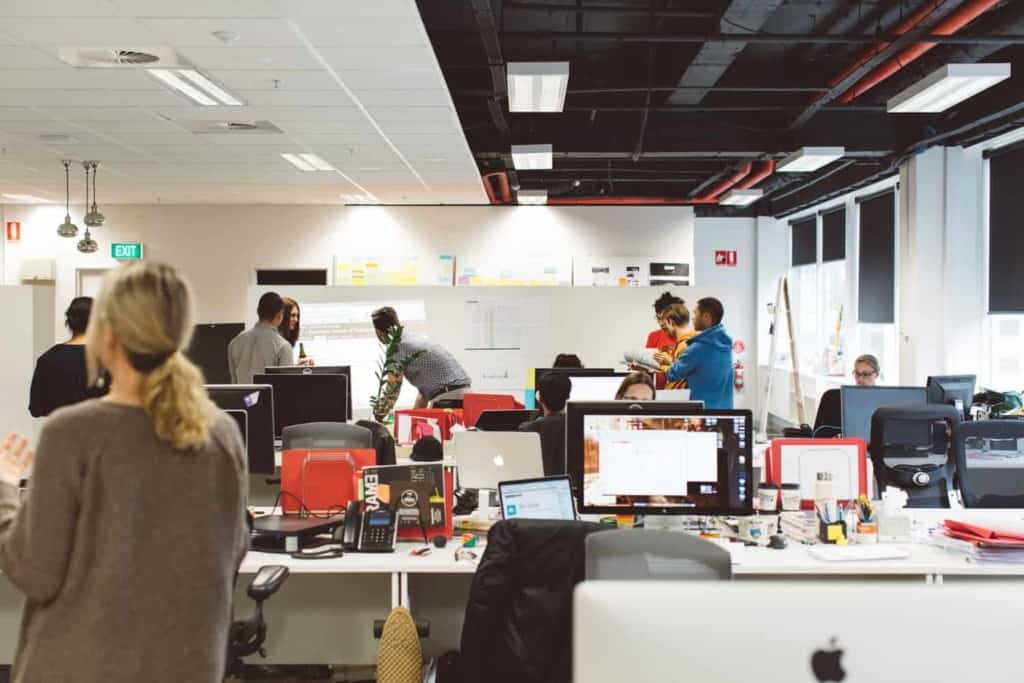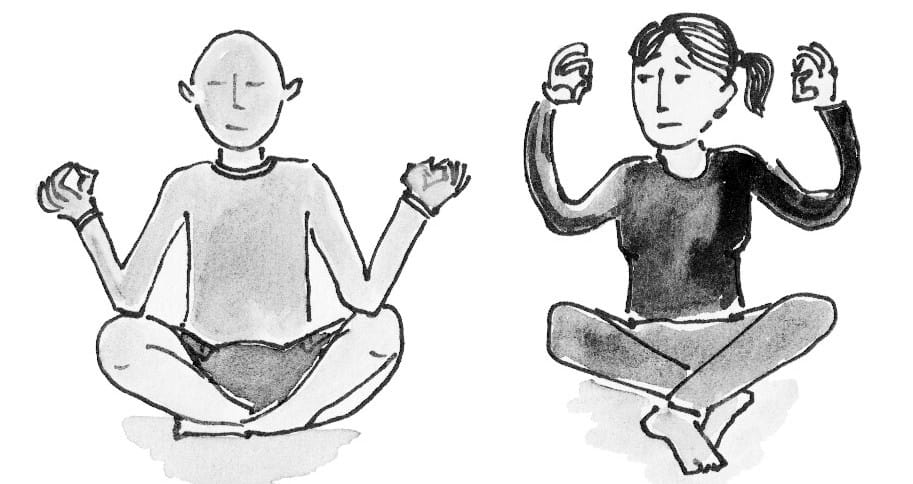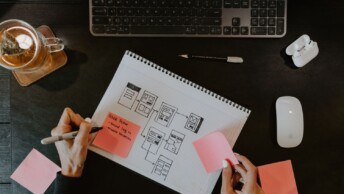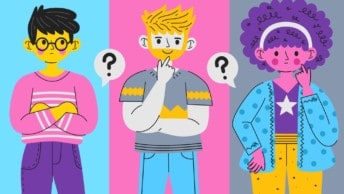At the end of 2012 Jo and I were professionally stuck. We were faced with a stark question about Apogee’s consulting work and the direction of the business going forward; What if UX was not really our intention in the work that we do?
It was a hard question to answer. We had invested so much time and energy into the way we do things, and we were finding it hard to slow down and seek alternative directions.
So we took a trip to Chengdu, mainland China, with our friends and advisors Bas and Geke from STBY. It was a deliberate space to enjoy relaxed conversations about our work, vent our shared frustrations, connect related topics and perspectives from thinking outside the field of design, and to touch on our toolkits and where we thought our practice was going.
Project inspection and flow
The natural flow of our conversations allowed us to share stories, reflect on and make sense of what our new thinking meant for our respective practices, and to better understand how each of us wanted to help our clients, now and in the future, with meaningful work.
We began to move away from our habitual ways of looking at our work and let go of the language that we had been using.
We gave ourselves permission to pursue the freedom of thought that would enable us to see things anew.
We started talking about how teams work together. In our experience, the good energies a team brings to a new project can quickly get derailed if people don’t feel they have a clear understanding of why they’re working on something.
Opinion wars escalate when there is no customer involvement that could let us better understand their needs—both now and over time.

Teams create additional features to support their own egos and opinions, without grounding their justification in evidence of what customers actually need. Sometimes, during a project, people create conflicts that serve only to get in the way of making meaningful work together.
Unnecessary and petty battles suck the fun out of work and prevent it from being productive.
Why do people create this conflict?
You’ve probably experienced at least one of these scenarios in a project you’ve been part of:
- The team did not collect, or clearly understand, the requirements
- The team did not properly define the core of the offering
- There was too much distance between the customer and the project goals
- The organisation had already invested too much in the project to allow it to fail
- The team simply did not know how to get along.
These factors all contribute to creating an environment of fear and uncertainty that prevents people from working together to create wonderful products and services.
So, what are the elements of a project we need to be thinking about to help bring people together to make meaningful things as a team?
1. Define the core of what you make
It’s important for everyone on a team—independent of their discipline—to have a clear idea of the core features and value proposition of the product or service they’re creating.
What is the primary reason a customer would want to buy, rent, or subscribe to a product or service? How would customers go about completing their goals? How could a product or service better serve customers and the business over time?
2. Inform design through customer stories, and engage in sense-making with your team
Create a regular routine for learning about and understanding your customers so your team can make sense of customer insights together.
Transforming customer stories into valuable, accurate information, and using sense-making techniques, enables a team to engage in well-informed product or service design rather than relying on random, inaccurate assumptions.

You could do this through asking questions, looking at data through the lenses of various disciplines, and having multidisciplinary conversations. Collecting this data helps you to map product and service features and solutions to customers’ actual needs and desires.
3. Share observations in a shared context
Don’t underestimate the importance of sharing, as a group, your individual and collective observations about customer and stakeholder behaviours. This enables teams to identify surprising or deeply memorable situations that deserve further analysis.
Sharing stories with other team members and groups makes way for a broader interpretation of the stories, which can help to make sense of everyone’s observations and determine what artefacts would give their observations and insights life.
Once your team develops a routine for sharing these stories, you can start to list assumptions, discuss the sources and the evidence available to support them. You can then either challenge or accept particular assumptions, or sets of assumptions, depending on the insights gained from sharing customer observations. As a team, this helps to prioritise particular features by determining those that deserve more of the team’s time, focus, and attention, and identifying which features require more research or further design iterations.
Using customer data to inform design decisions through sense-making is not a one-off activity. Nor is it just the responsibility of the user researcher or UX lead. It should be a constant activity that is integral to conducting business. Without this kind of research and sense-making, a business simply won’t be able to innovate over time.
4. Give people time to think
Delivering projects against a static set of requirements without taking a break to reflect on the project and get a clear outlook is a sure way to lose perspective and stifle innovation.
People need time and space so they can look beyond the current work in progress and reflect on how a product or service could look in the future. Allow people to get away from their desk and computer. Encourage conversations outside the project. Give people time to think so they have an opportunity to tackle problems with a fresh mind.
Let’s answer a question together
How can we (UXers) make routines to contribute to the intention of wellness for people, work, projects, communities and economies for an enlightened future society?
We need your help to answer: how can we make meaningful work?
What if you…
- Possess all the social permission you need to change personal habits?
- Spent an hour of everyday examining the potential for significance of a project?
- Began listening to and imploring others for their motives rather than their threats?
- Replace “what do I stand to lose?” with “what might we all need to gain?”
- Openly discussed the projects you work on mattered and where the best work felt like play and the best play felt like work?
- Welcomed all disciplines to create a broader ‘community of aspiration’ and signed an implicit contract to make meaningful work for every project we put our hands to?
It is the ability of teams to come together and intentionally create something great that enables organisations to achieve stellar results. With the help of integrated approaches. and the practices that guide them, we’ll not only become better at working well together but also, hopefully, get more enjoyment from our work.
What makes work meaningful work for you? Share your thoughts in the forums.





